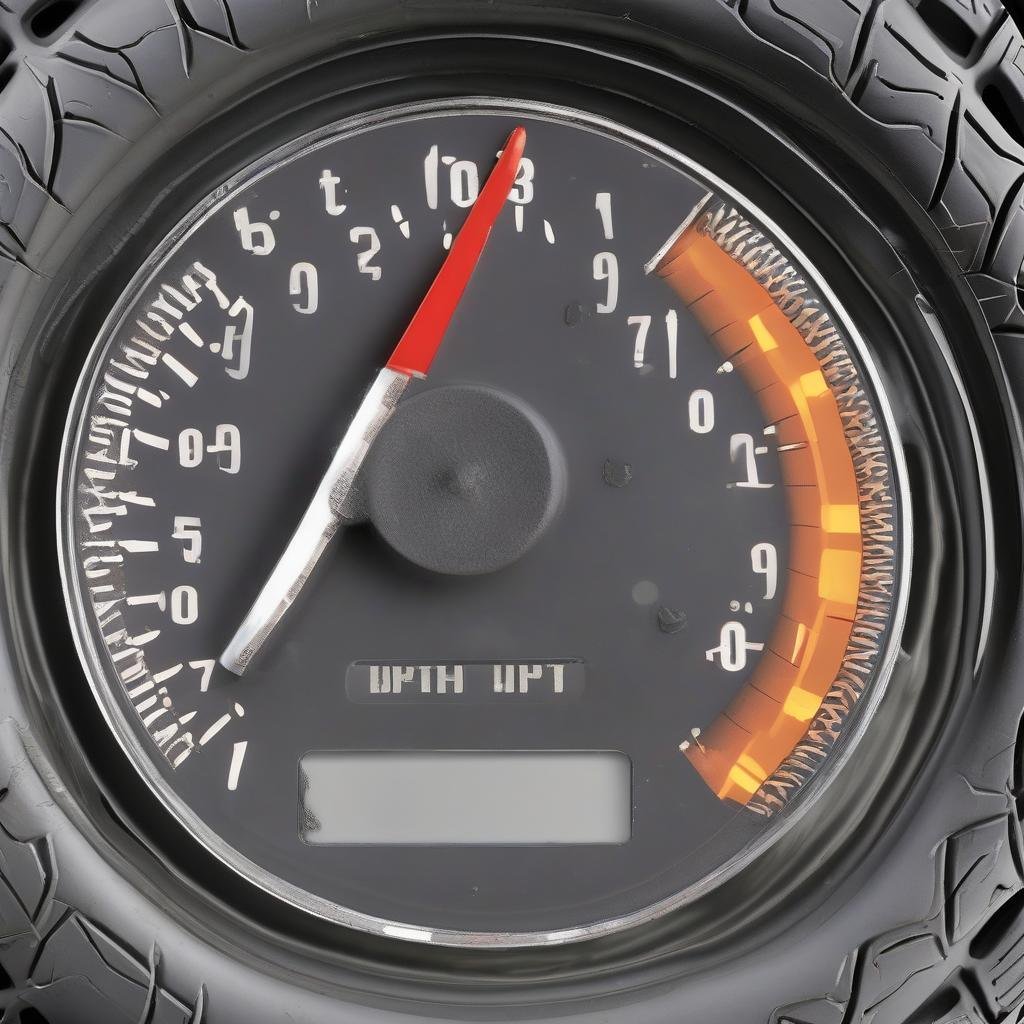
How to Measure Tread Depth
“`html
How to Measure Tread Depth: A Complete Guide
Introduction
Tire tread depth is a critical factor in maintaining vehicle safety, performance, and fuel efficiency. Worn-out tires can lead to reduced traction, longer braking distances, and increased risk of hydroplaning. Learning how to measure tread depth properly helps you determine when it’s time for a tire replacement or rotation. This guide covers three reliable methods: using a tread depth gauge, the coin test, and checking built-in wear indicators.
Why Tread Depth Matters
Tread depth directly affects your vehicle’s grip on the road. The deeper the tread, the better your tires can channel water away, reducing the risk of hydroplaning. Most countries have legal minimum tread depth requirements (typically 2/32″ or 1.6mm), but many safety experts recommend replacing tires before they reach this limit.
Method 1: Using a Tread Depth Gauge
The most accurate way to measure tread depth is with a dedicated tread depth gauge. Here’s how:
- Purchase an inexpensive tread depth gauge (available at auto parts stores).
- Insert the probe into the tread groove until it touches the base.
- Read the measurement on the gauge. Take measurements in multiple locations across the tire.
- Compare your readings to the recommended minimum depth.
For the most accurate results, measure at three points across the tire: inner edge, center, and outer edge. Uneven wear might indicate the need for tire rotation or alignment.
Method 2: The Coin Test
If you don’t have a gauge, coins can provide a rough estimate of tread depth:
Penny Test (U.S.)
Insert a penny into the tread groove with Lincoln’s head upside down. If you can see all of Lincoln’s head, your tread depth is less than 2/32″ and the tire should be replaced.
Quarter Test (U.S.)
For a more conservative measurement, use a quarter. If the top of Washington’s head is visible, you have about 4/32″ of tread remaining – time to start planning for replacement.
Loonie Test (Canada)
Canadian drivers can use a loonie ($1 coin). If the loonie’s outer ring is fully visible, your tread is below the legal limit of 1.6mm.
Method 3: Checking Wear Indicators
Most modern tires have built-in tread wear indicators (TWI):
- Look for small rubber bars running perpendicular to the tread pattern.
- These bars are molded into the grooves at approximately 2/32″ depth.
- When the tread wears down to the level of these bars, the tire needs immediate replacement.
These indicators are typically marked by small triangles (∆) on the tire sidewall to help you locate them.
When to Measure Tread Depth
Regular tread depth checks should be part of your vehicle maintenance routine:
- Monthly, along with tire pressure checks
- Before long trips
- After hitting a pothole or curb
- When you notice changes in handling or noise
Conclusion
Monitoring your tire tread depth is essential for safe driving. Whether you use a precision gauge, simple coin test, or check the built-in wear indicators, regular measurements will help you know when it’s time for new tires. Remember that while the legal minimum is 2/32″, many experts recommend replacing tires at 4/32″ for better wet weather performance. Combine tread depth checks with proper inflation and rotation for maximum tire life and safety.
FAQ
What’s the ideal tread depth for new tires?
Most new tires start with about 10/32″ to 12/32″ of tread depth.
How often should I check tread depth?
Monthly checks are ideal, or at least every 3,000 miles.
Can I measure tread depth when tires are hot?
It’s best to measure when tires are cold, as heat can slightly expand the rubber.
Is tread depth the only factor in tire wear?
No, also look for uneven wear patterns, cracks, or bulges that might indicate other issues.
“`
